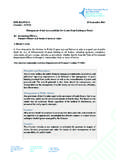Transcription of Time-based billing for E/M in 2021 and beyond
1 Time-based billing for E/M in 2021 and beyondBraden Kuo, MDAGA CPT AdvisorLearning ObjectivesIdentifyIdentify the options for assigning the correct level of office/outpatient E/M codes based on timeLearnLearn how to correctly count time according to the 2021 E/M CPT GuidelinesUnderstandUnderstand the factors in determining when to assign E/M level based on MDM or timeApplyApply what you learn about counting time to your practice to maximize E/M reimbursement and code correctly2021 E/M Guidelines: Time vs MDME/M level of service for office or other outpatient services can bebased on: Medical decision making or Total time for E/M services performed on the date of the encounterNOTE: All payors must follow the 2021 E/M CPT guidelinesTime: 2020 vs 20212020 definition of time.
2 The typical time spent face-to-facein the office or other outpatient setting with the patient, and can only to be used as a key component for code selection when counseling and/or coordination of care is more than 50% of the definition of time* The minimum time, not typical time, spent, and represents total timespent by physician/qualified health care professional (QHP) on the date of service*NOTE: This definition only applies when code selection is based on time and not MDMNew patient E/MNew Patient E/M VisitsCPTMDM2020 Typical Time2021 Range99201 Straightforward10 minNA99202 Straightforward20 min15-29 min99203 Low complexity30 min30-44 min99204 Moderate complexity45 min45-59 min99205 High complexity60 min60-74 minEstablished Patient E/MEstablished Patient E/MCPTMDM2020 Typical Time2021 Range99211NA5 minNA99212 Straightforward10 min10-19 min99213 Low complexity15 min20-29 min99214 Moderate complexity25 min30-39 min99215 High complexity40 min40-54 minQualified
3 Health Provider (QHP)Time spent by QHPs counts toward total time for an E/M visit. AMA definition (2013): A QHP is an individual who is qualified by education, training, licensure/regulation (when applicable), and facility privileging (when applicable) who performs a professional service within his/her scope of practice and independently reports that professional service. AMA s QHP examples: Nurse Practitioners Physician Assistants Certified Nurse SpecialistsClinical StaffTime spent by clinical staff does notcount toward the total time of an E/M visit when code selection is based on staff examples: Medical assistants Licensed practical nurses Registered nursesCounting Time for Split/Shared VisitsWhen the physician and a QHP perform the E/M, the time spent by each is summed for the total time.
4 A PA spends 30 minutes and a physician spends 15 minutes with an established patient on the date of the encounter. The total time of the visit is 45 minutes (15 + 30) which supports level Range99211NA9921210-19 min9921320-29 min9921430-39 min9921540-54 minActivities that Count Toward Total TimeEligible time includes both the face-to-face and non-face-to-face time that the physician personally spends before, during and after the visit on that same of activities that canbe counted in total time: Preparing to see the patient ( , reviewing tests) Counseling or educating a patient, family or caregiver Reporting test results to a patient by phone Ordering medications, tests or procedures Documentation work performed at home Care coordination (when not separately reportable) Getting and/or reviewing separately obtained history Referring the patient to and communicating with other health care professionals (when not separately reportable)
5 Activities that Do NotCount Toward Total Time Time spent on a calendar day other than day the patient was seen Services that are separately reportable Examples: Interpretation of tests that have separate CPT codes Transitional care management (reported with 99495-99496) Chronic care management (reported with 99478, 99490, +99489) Clinical staff time (activities performed by medical assistants, licensed practical nurses, registered nurses)Which to Choose? Time vs MDMIf the answer to any of the following questions is yes using time instead of MDM may result in a higher-level E/M visit: Did you spend a considerable amount of time collecting the history or performing the exam?
6 Did you order several tests, speak with other physicians, or review complex data? Is the patient medically complex (and do they support a level five E/M) but you went beyond the level 5 time threshold? You can add 99417 in addition to the E/M code. 99417 Prolonged office or other outpatient evaluation and management service(s) ( beyond the total time of the primary procedure which has been selected using total time), requiring total time with or without direct patient contact beyond the usual service, on the date of the primary service, each 15 minutes (List separately in addition to codes 99205, 99215 for office or other outpatient Evaluation and Management services)
7 Clinical Case #1A 65-year-old woman with a history of abdominal pain and diarrhea and a diagnosis of IBS comes to you after seeing two other GIs and sends you her records in advance. She is coming to see you for a 2ndopinion with waxing and waning chronic symptoms. MDM is moderate complexity (1 chronic illness without acute change).You spend 25 minutes the day of her visit reviewing her records including previous charts and labs, 20 minutes talking with her about her history and in face-to-face counseling and 25 minutes in charting after she leaves for a total of 70 minutes spent in patient care.
8 CPTMDMTime Range99202 Straightforward15-29 min99203 Low complexity30-44 min99204 Moderate complexity45-59 min99205 High complexity60-74 minTime = Level 5 MDM = Level 4 Clinical Case #2A PCP refers a patient with a complaint of chronic worsening heartburn to you with no significant records. MDM is moderate complexity (1 chronic condition that is worsening).You spend 30 minutes total time including discussion with the patient, ordering tests and charting. Time = Level 2 MDM = Level 4 CPTMDMTime Range99202 Straightforward15-29 min99203 Low complexity30-44 min99204 Moderate complexity45-59 min99205 High complexity60-74 minClinical Case #3A PCP refers a patient with suspected IBD with records.
9 Your PA spends 40 minutes of the shared visit with the patient taking history and symptoms. You spend 30 minutes of total time reviewing the records, talking with the patient, ordering tests and charting. MDM is moderate complexity (1 undiagnosed new problem with uncertain prognosis). The total time of the visit includes the PA s time (40 minutes) plus your time (30 minutes) for a total of 70 minutes. CPTMDMTime Range99202 Straightforward15-29 min99203 Low complexity30-44 min99204 Moderate complexity45-59 min99205 High complexity60-74 minTime = Level 5 MDM = 4 Documentation Best Practices for Time Avoid generic documentation Your documentation must accurately reflect the services you provided.
10 An auditor may question why it took 15 minutes to review a complete blood count without additional details. Remember to list all tests you reviewed. Remember medical necessity Don t include time spent on non-medical discussion ( , how the patient s family is doing). Be mindful of total time spent for the day Does the total time documented seeing patients in a day exceed the number of hours you worked? It could be a red flag for an Template Example for Time-based E/MA total of X minutes was spent on this visit reviewing previous notes, counseling the patient on <insert topics>, ordering tests (<list tests ordered>), adjusting meds, and documenting the findings in the note.
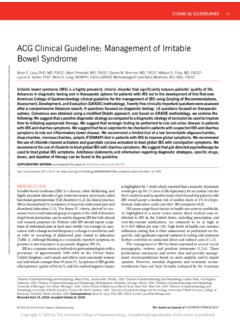
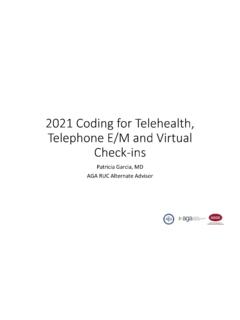
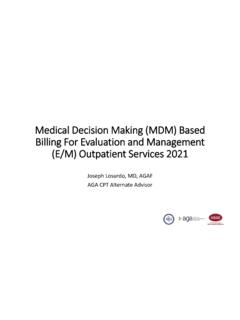
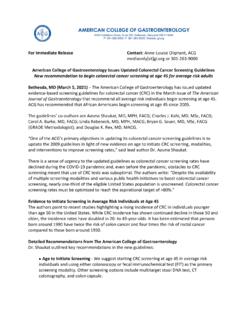



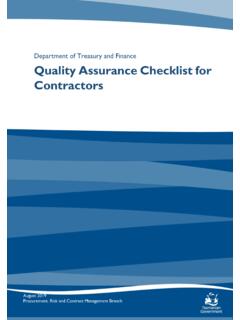
![Further Education and Training Colleges Act [No. 16 of 2006]](/cache/preview/8/b/0/e/9/b/6/6/thumb-8b0e9b66c2607f0843a073649faf5cac.jpg)
